For beginners, learning the ukulele is an easy, welcoming start. It’s generally more affordable than most instruments, compact enough to practice anywhere (on the couch, in bed, even at the beach), and the nylon strings are kinder to new fingers than an acoustic guitar’s steel strings. With fewer frets than a guitar, it’s also faster to grasp the basics.
However, choosing your first ukulele can be tricky. Types, sizes, shapes, and woods directly affect tone and playability. In this buying guide, we’ll walk through the essentials so you can choose with confidence.
Table of Contents
Introduction of the Ukulele
The Birth of Ukulele
In 1879, Portuguese craftsmen and players Manuel Nunes, João Fernandes, and Augusto Dias arrived in Hawaii. While working in sugarcane fields, they developed a small instrument inspired by those from their homeland. Locals noticed both its beautiful look and the players’ quick finger movements, and began calling it “ukulele,” often translated as “jumping flea.” Regardless of which origin story you prefer, the instrument became Hawaii’s most popular thanks in large part to these makers.
The Development of Ukulele
Hawaiian royalty and nobles—including King Kalākaua, Queen Emma, and Queen Liliʻuokalani—helped popularize the ukulele, and it soon spread from everyday workers to the royal court. By around 1915 it surged in North America, then crossed the Atlantic to Britain. Through the 1940s–50s, artists such as George Formby and Arthur Godfrey kept it in the mainstream. Interest later dipped, but in recent decades the ukulele has decisively returned and continues to grow.
Components of the Ukulele

The ukulele shares many parts with the guitar.
Headstock
Usually built with the neck, the headstock holds the tuning machines. Brands typically place their logo here.
Tuners
Tuners (tuning machines/pegs) mount to the headstock, apply string tension, and keep the instrument in tune. They come in sealed or open styles. Sealed tuners are generally more stable and low-maintenance.
Nut and Saddle
The nut (at the headstock end) and saddle (on the bridge) align the strings and transfer vibration to the body.
Neck and Fingerboard
The neck is typically glued into the body. Neck profile and finish affect playability. The fingerboard is mounted on the neck and holds the frets.
Body
The body produces the instrument’s acoustics. It’s a resonant chamber with a soundhole, composed of the top (soundboard), back, and sides. String vibration travels from the saddle into the top, exciting the body to create sound. Pay attention to resonance when choosing a ukulele.
Bridge
The bridge anchors the strings and holds the saddle, conducting vibration into the top.
Categories of the Ukulele
Ukuleles vary by size and configuration. Here are the four main sizes and their typical dimensions:
Type |
Scale Length |
Full Length |
Soprano |
13" |
21" |
Concert |
15" |
23" |
Tenor |
17" |
26" |
Baritone |
19" |
30" |
Specs of different ukulele types
Soprano
The earliest ukulele. Smallest and most iconic, with a 13" scale and 21" overall length. Delivers the bright, sweet sound many associate with the uke.

Concert
Slightly larger: 15" scale and 23" overall. A bit louder with more low-end than soprano, but overall a similar character.

Tenor
With a 17" scale and 26" overall length, tenor offers more resonance, sustain, and room between strings/frets—great for larger hands and melodic playing.

Baritone
The largest size: 19" scale and ~30" overall. Deepest voice and highest volume potential. Tuned D3–G3–B3–E4 (like the top four guitar strings), so it’s very familiar for guitarists.
Acoustic-Electric Ukulele
Acoustic-electric models include a pickup and onboard preamp (often with volume/tone controls, sometimes a tuner). Because nylon strings are relatively quiet, amplification helps for live performance or recording.

Donner Electric 23-inch Concert Ukulele
Setting up a Ukulele
Most ukuleles lack truss-rod/action adjustments, so tuning is the primary setup step. Aside from baritone, common tunings for soprano/concert/tenor revolve around G–C–E–A (re-entrant or linear). There’s no single standard, which keeps the instrument creative and flexible.
Type |
Tuning |
Variation |
Soprano |
G4–C4–E4–A4 |
A4–D4–F#4–B4 |
Concert |
G4–C4–E4–A4 |
A4–D4–F#4–B4 or G3–C4–E4–A4 |
Tenor |
G3–C4–E4–A4 |
A4–D4–F#4–B4 or D4–G3–B3–E4 |
Baritone |
D3–G3–B3–E4 |
None |
Different tunings of ukuleles
Nylon strings are less stable than steel at first, so expect frequent retuning. A clip-on electronic tuner is recommended for accurate, vibration-based detection (phone apps can be less accurate in noisy environments and may charge for alternate tunings). Most Donner ukulele bundles include a clip-on tuner.

Donner Guitar/Ukulele Tuner
What Affects the Tone of a Ukulele
Shape
Two common silhouettes:
Guitar Shape: the classic “waisted” profile, sometimes with a cutaway for upper-fret access.

Donner DUC400 21-inch Guitar Shape Ukulele
Pineapple Shape: rounder body, often associated with Hawaiian styling. Tends to be slightly warmer and more resonant, though differences are subtle.

Tonewoods
Like other acoustic instruments, wood species influence tone—but craftsmanship and design matter just as much. Don’t get lost in the woods: choose reputable builds first, then wood flavors.
Laminated vs. Solid Wood
Solid wood uses single-species plates and typically resonates more freely. Laminated wood uses layered construction with a decorative outer veneer; it’s more stable and climate-resistant, often at a lower cost. Solid wood can sound richer and “open up” over time, but is more sensitive to humidity/temperature and may require more care.
Types of Tonewoods
Hawaiian Koa: prized, visually striking; focused mids, smooth highs, lighter lows; often improves with years of playing.
Mahogany: warm, rich mids and lows; widely used for bodies and necks.
Maple: dense and stable; bright and clear; common for fingerboards, bridges, and decorative tops.
Rosewood / Pau Ferro: high-density options often used for fingerboards and, at times, backs/sides; Pau Ferro is a common rosewood alternative.
Spruce: light-colored tops with straight grain; crisp, bright response and headroom.
Cedar: softer than spruce but still a hardwood; mellow, full tone—popular for tenor/baritone tops.
Size
From smallest to largest: soprano, concert, tenor, baritone. Larger bodies project louder and deeper. Prefer bright and “chimey”? Choose smaller. Want guitar-like depth? Consider baritone. Also factor in hand size and preferred tuning.
Accessories
Buying accessories piecemeal can be time-consuming. A clip-on tuner is highly recommended. A gig bag protects the ukulele for travel. A strap helps when playing standing. Picks and spare strings are useful as you practice more. Many Donner bundles include the instrument, a clip-on tuner, picks, a quality gig bag, a strap, and a set of nylon strings—convenient for beginners.
More Information
If you have questions about ukuleles or related topics, feel free to contact us via the “Contact Us” button. We’re happy to help.



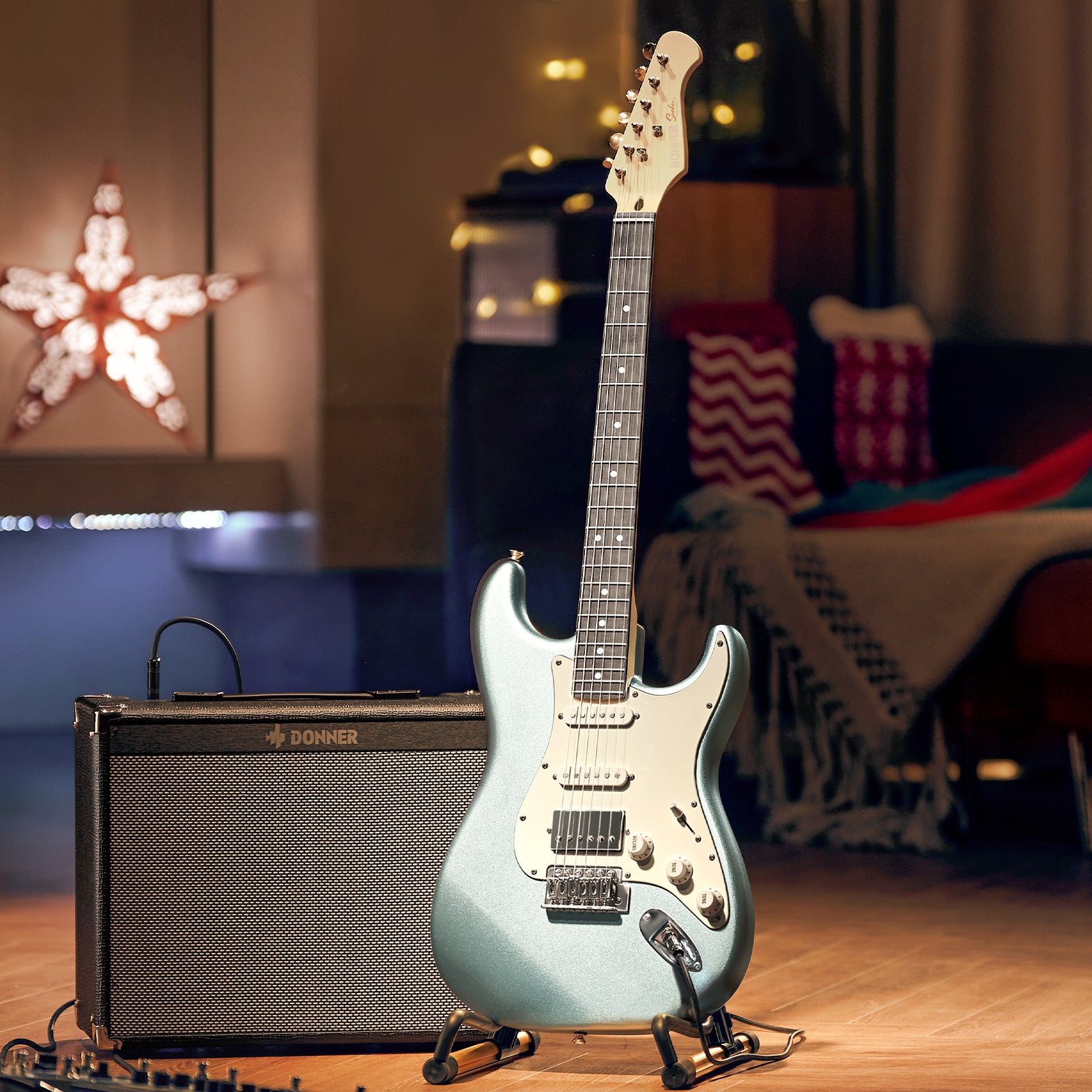

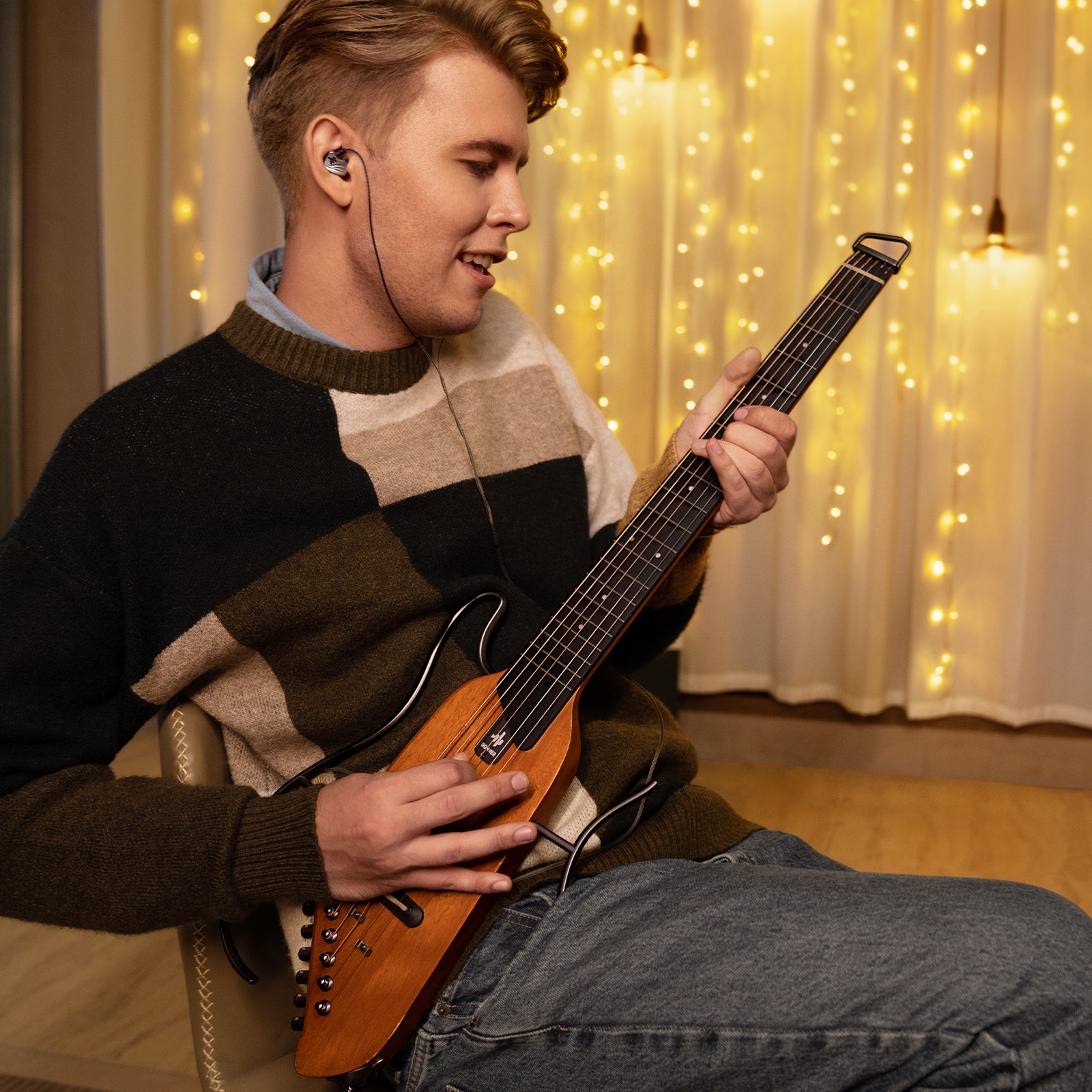
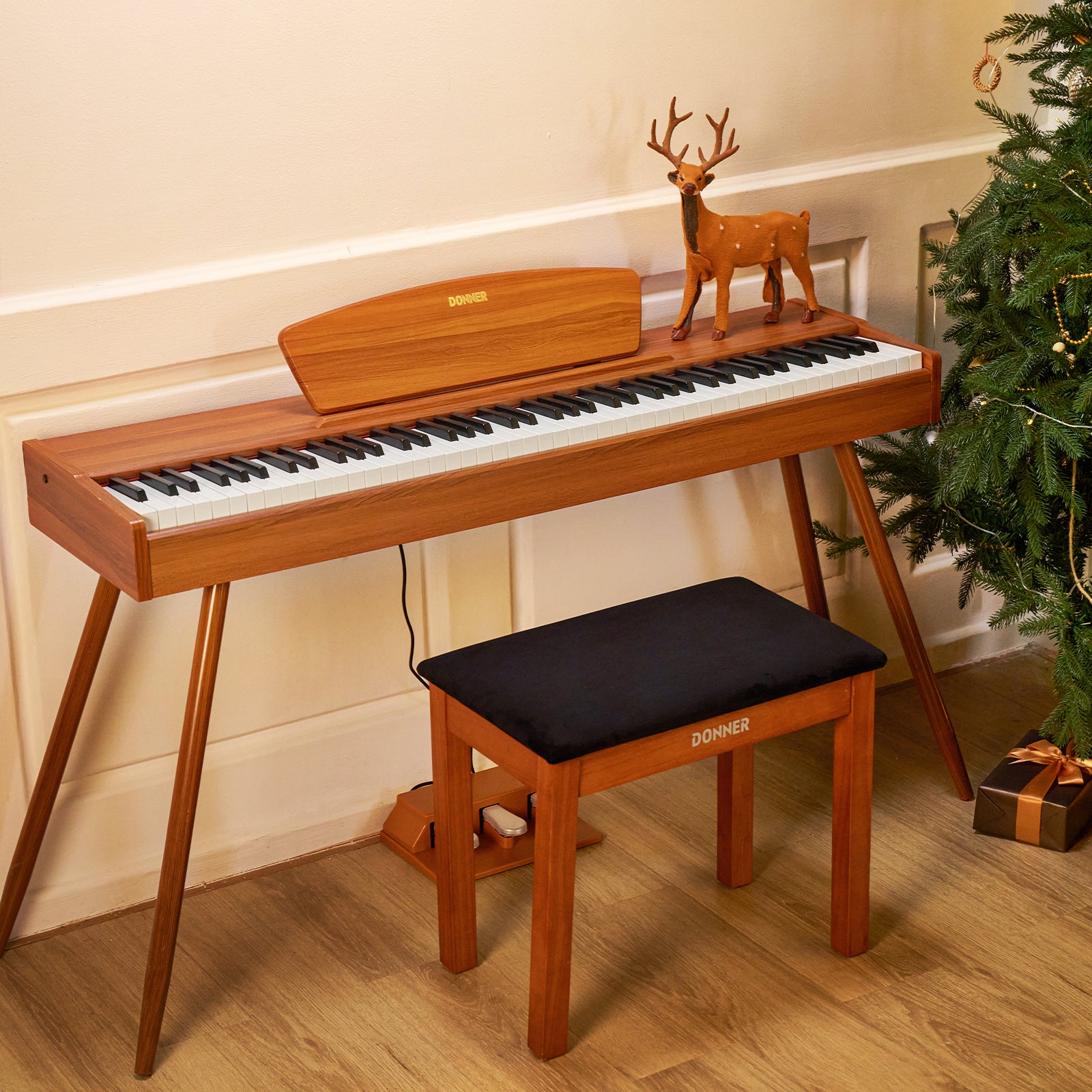

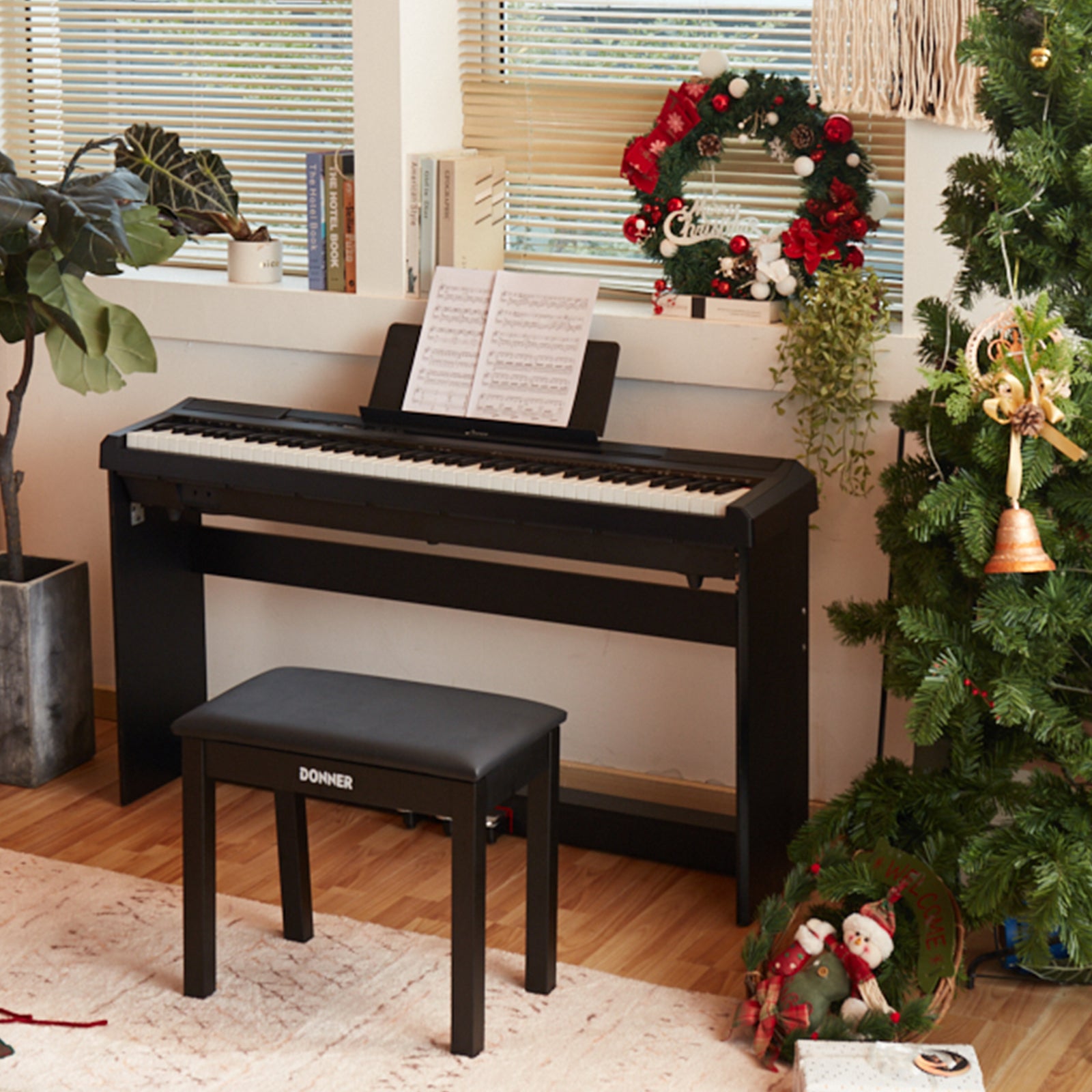
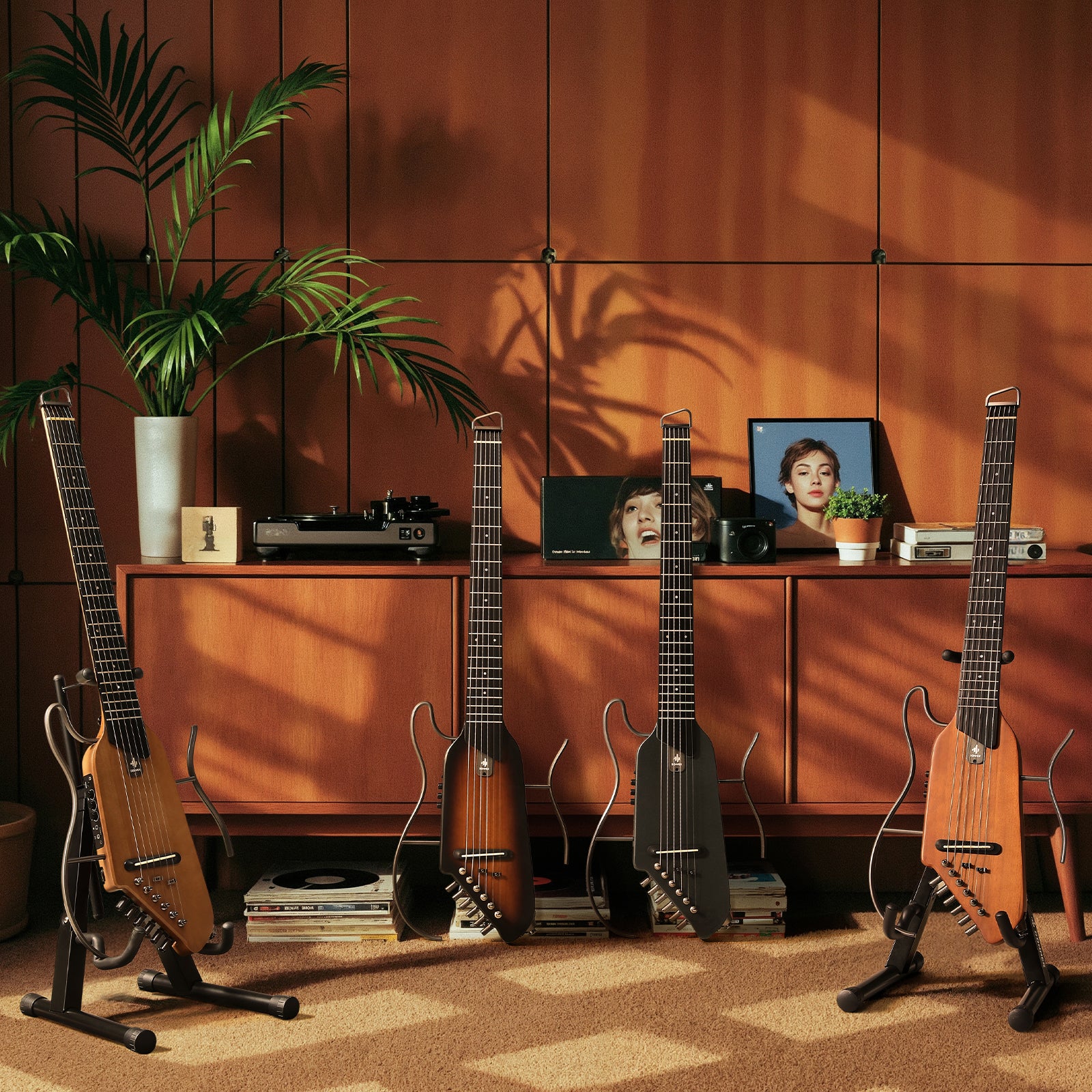
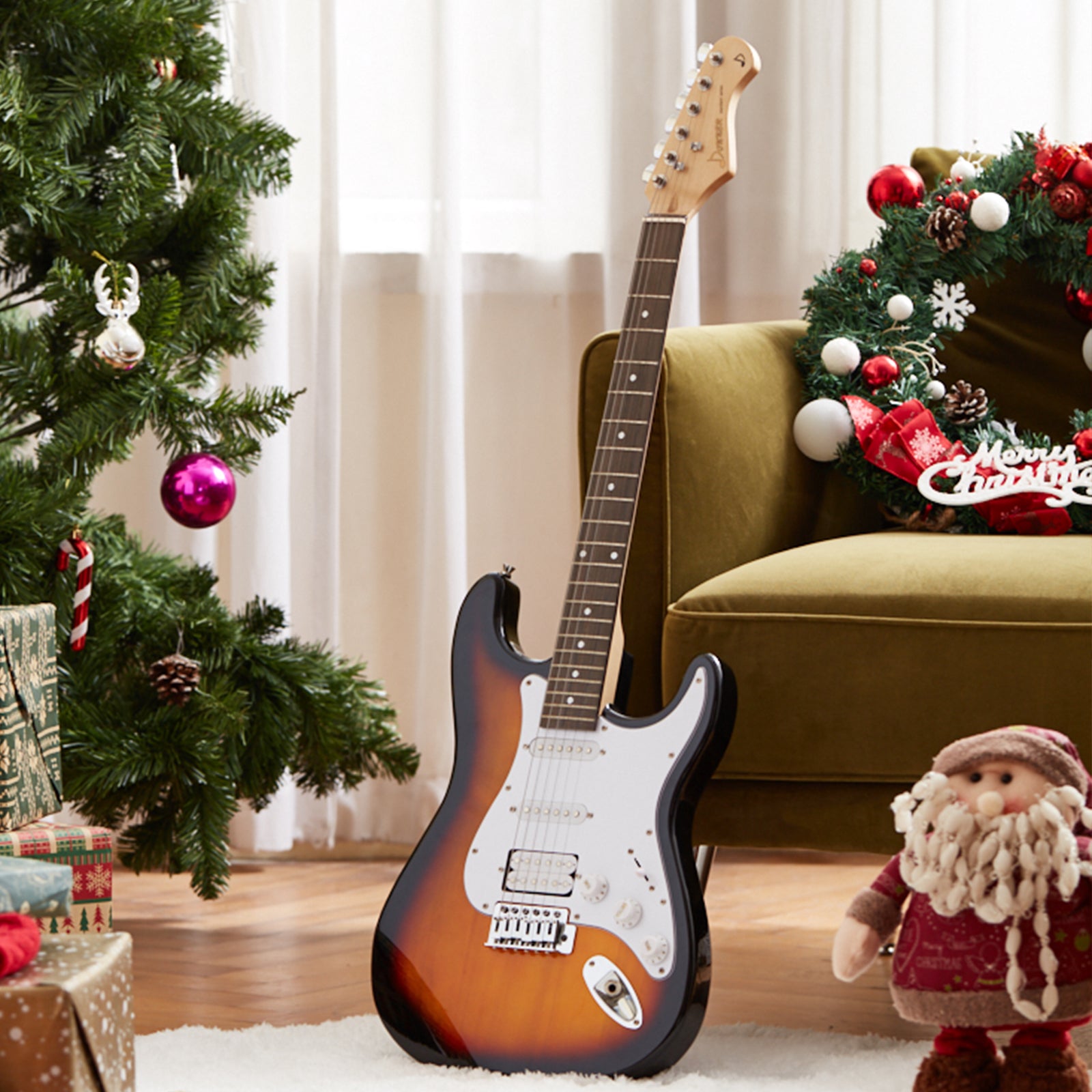
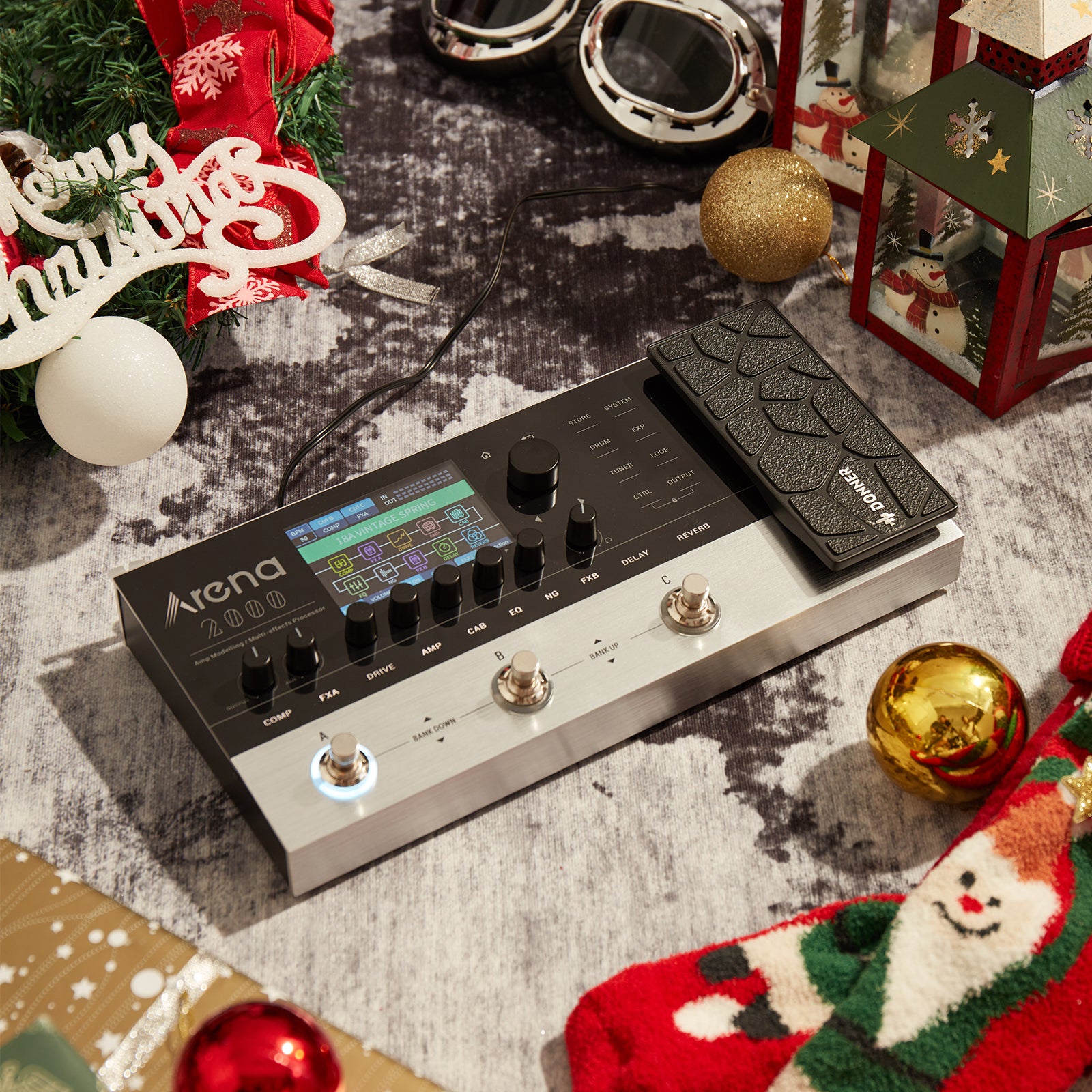
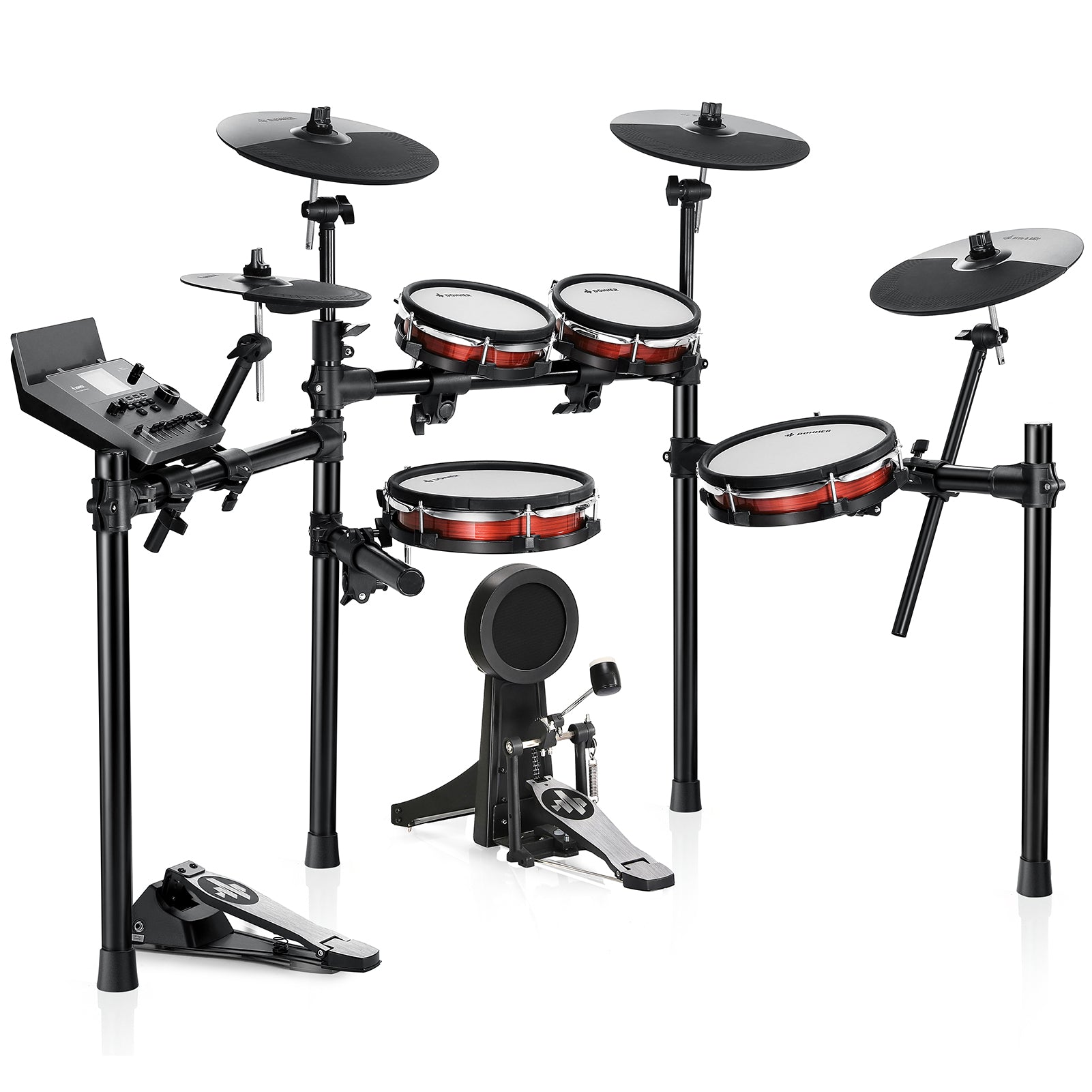
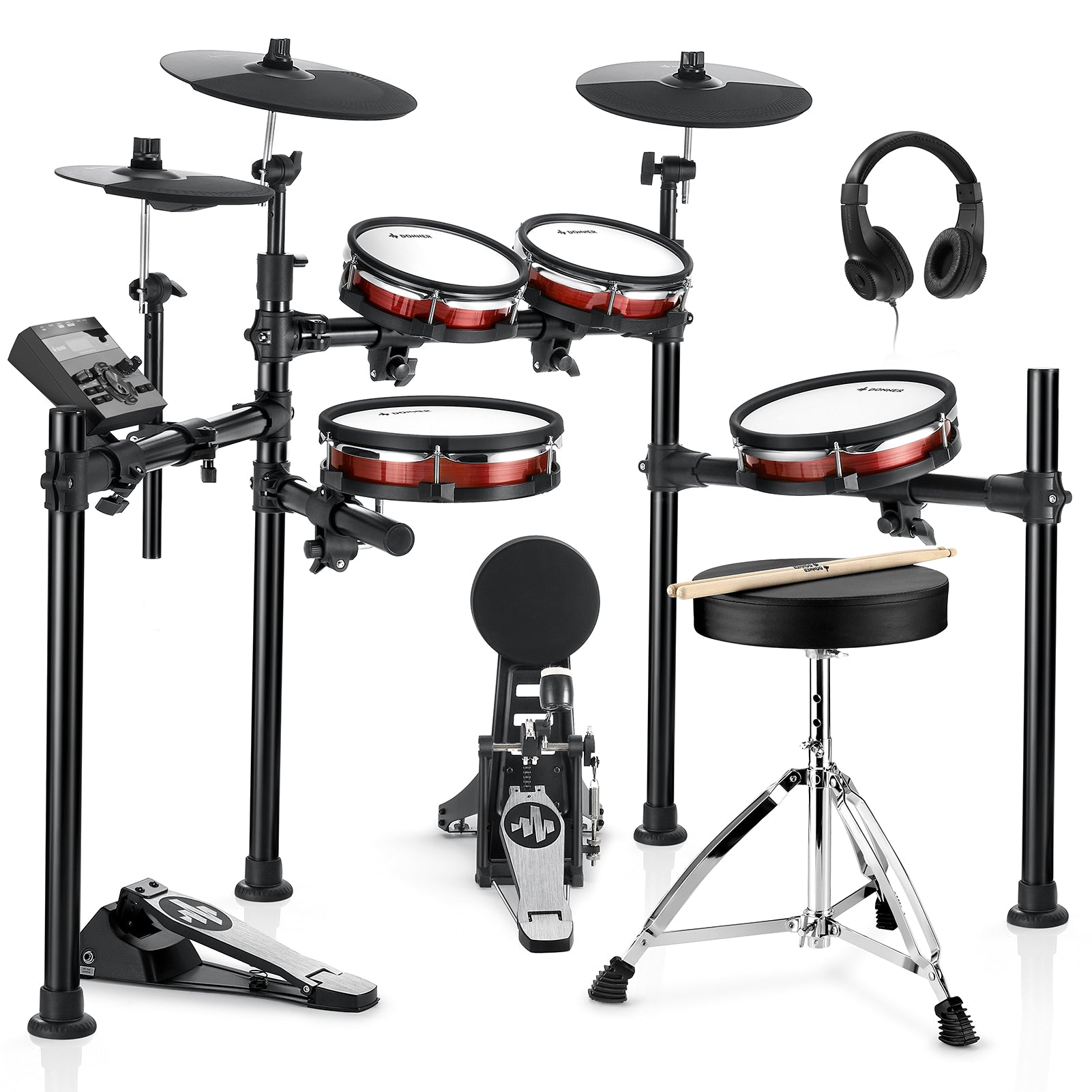
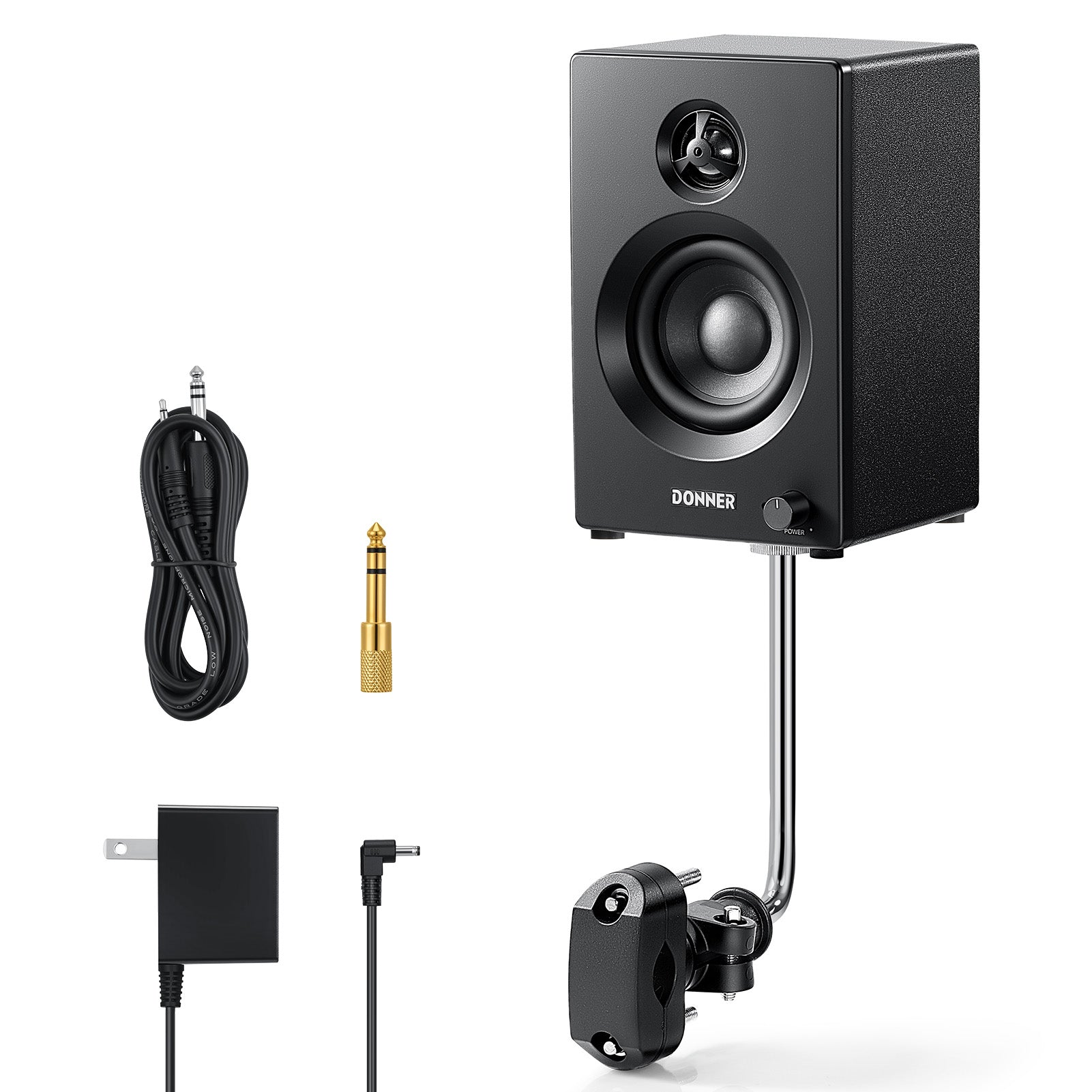
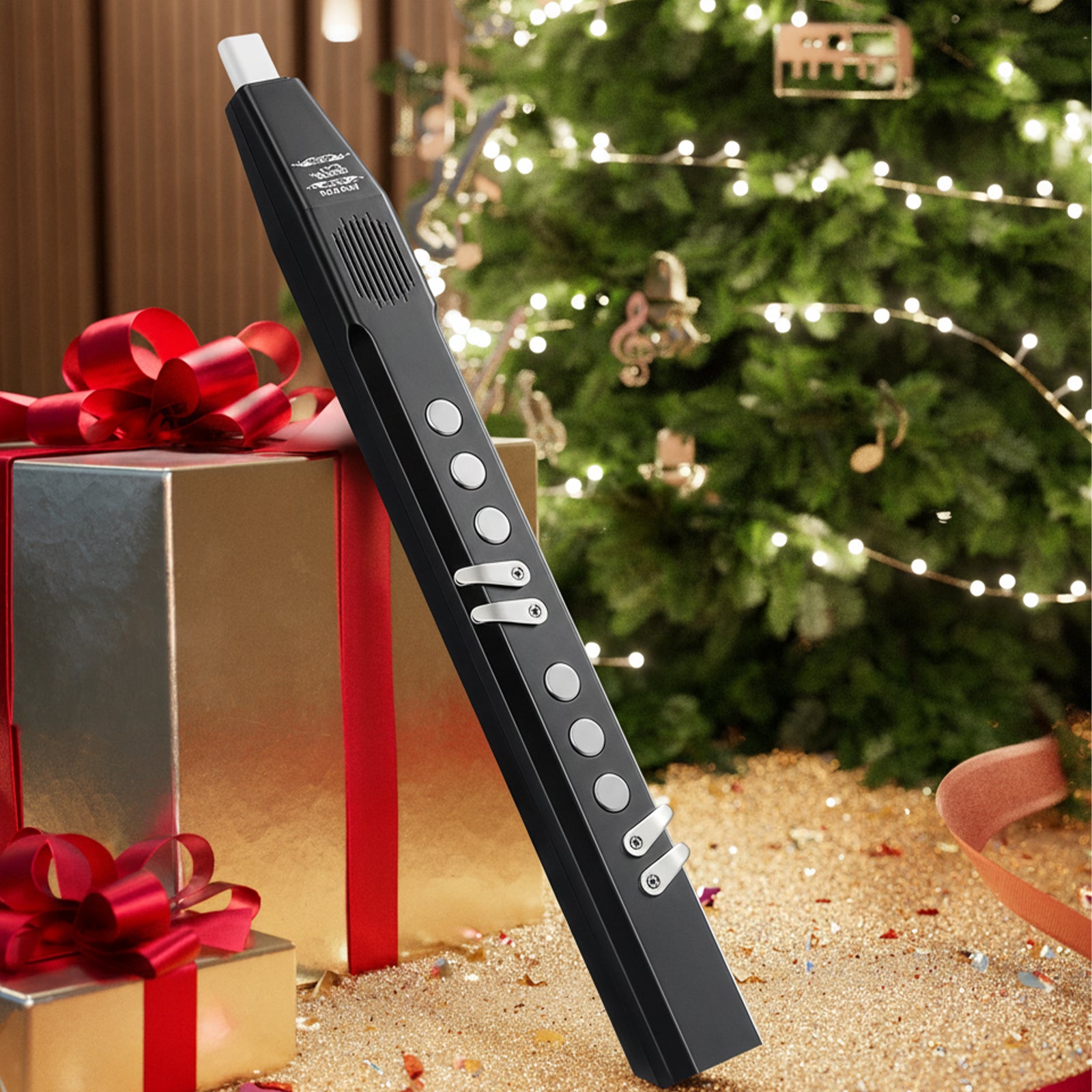
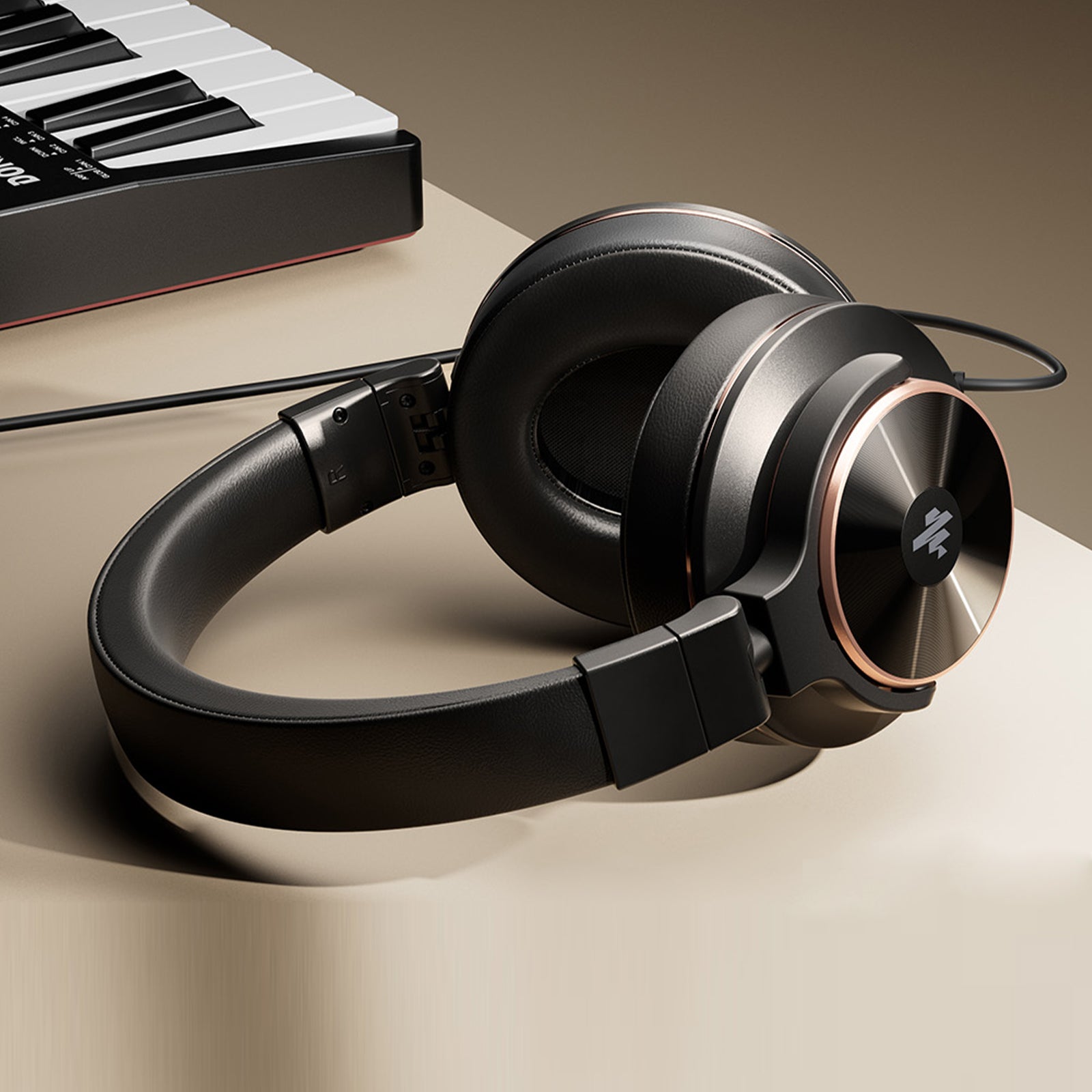
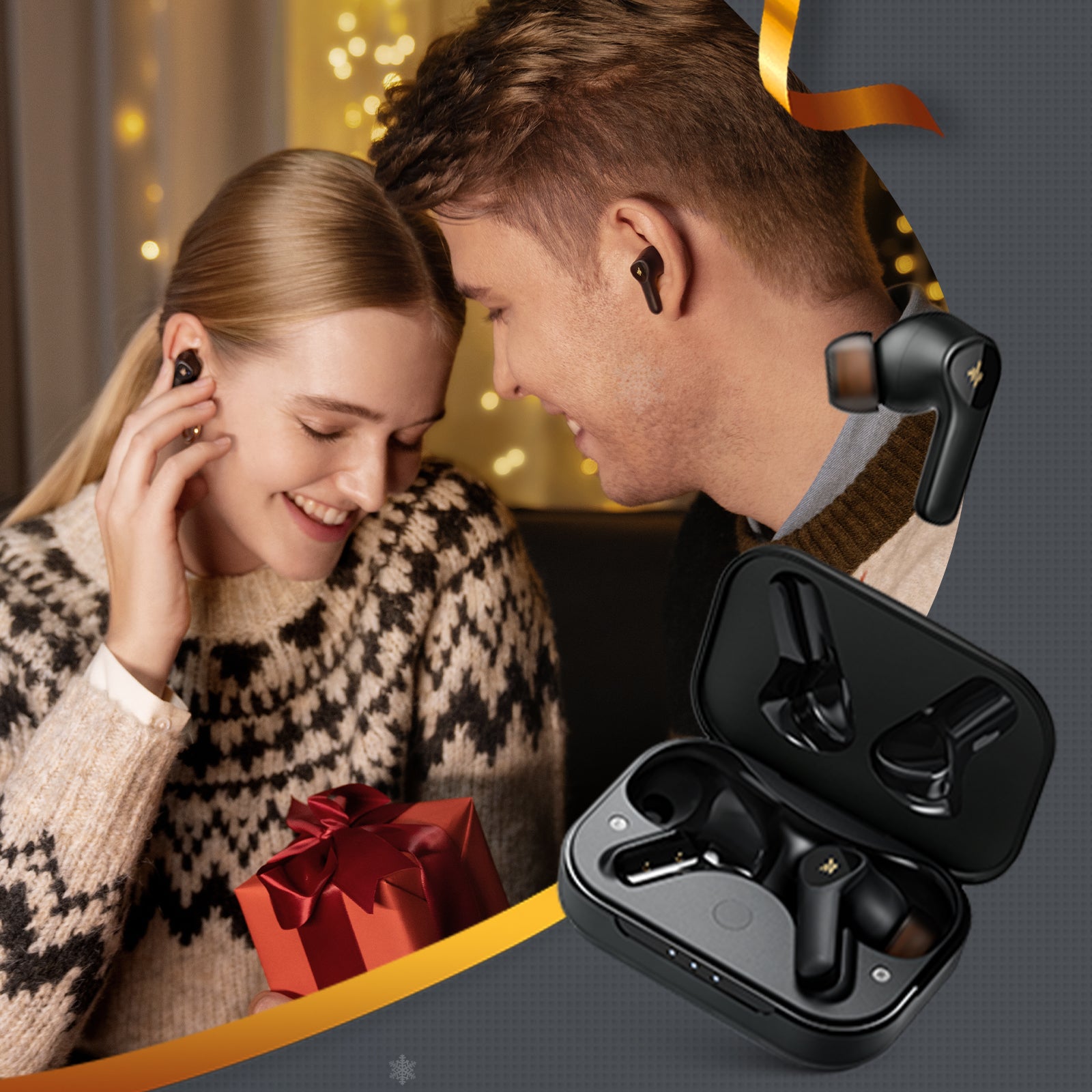

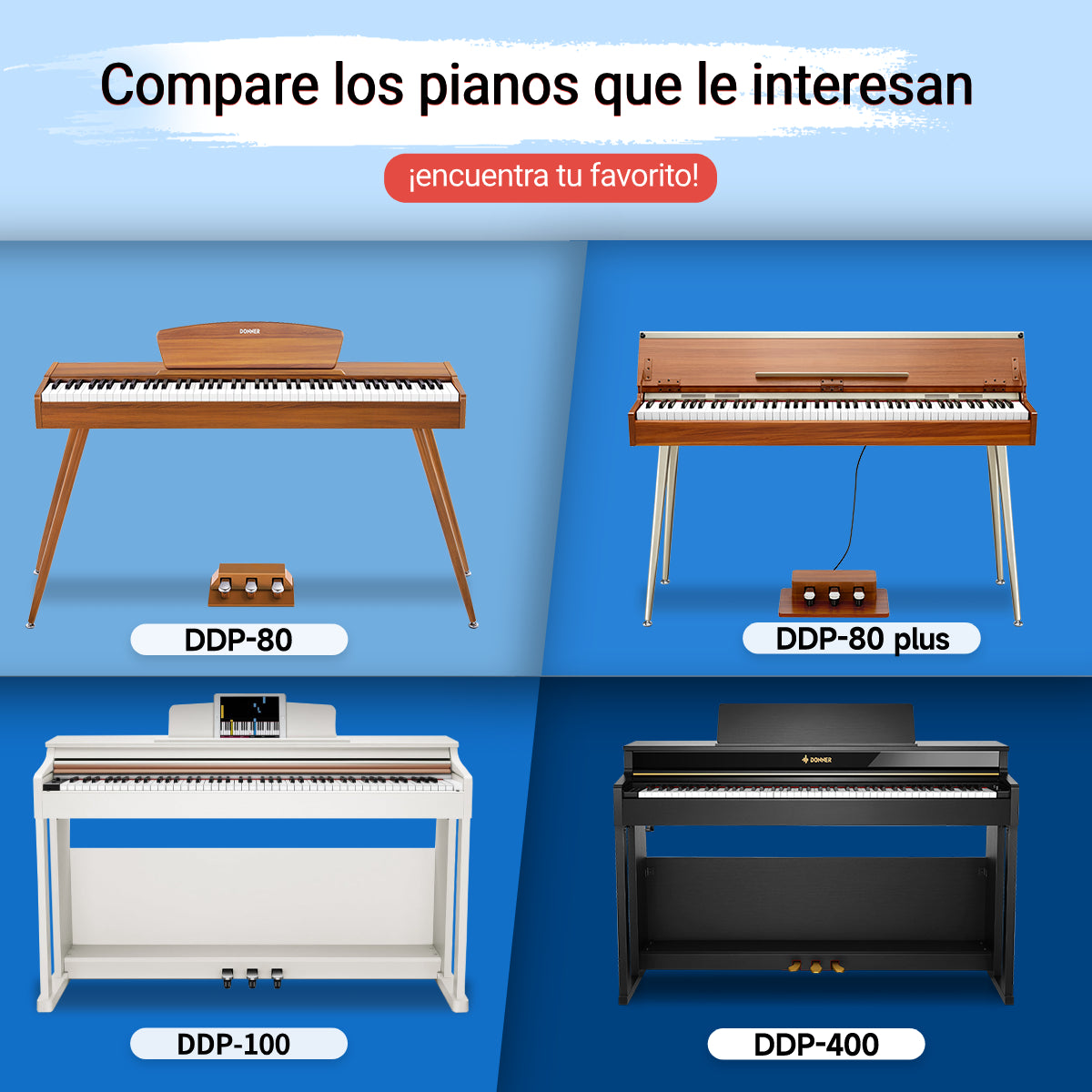

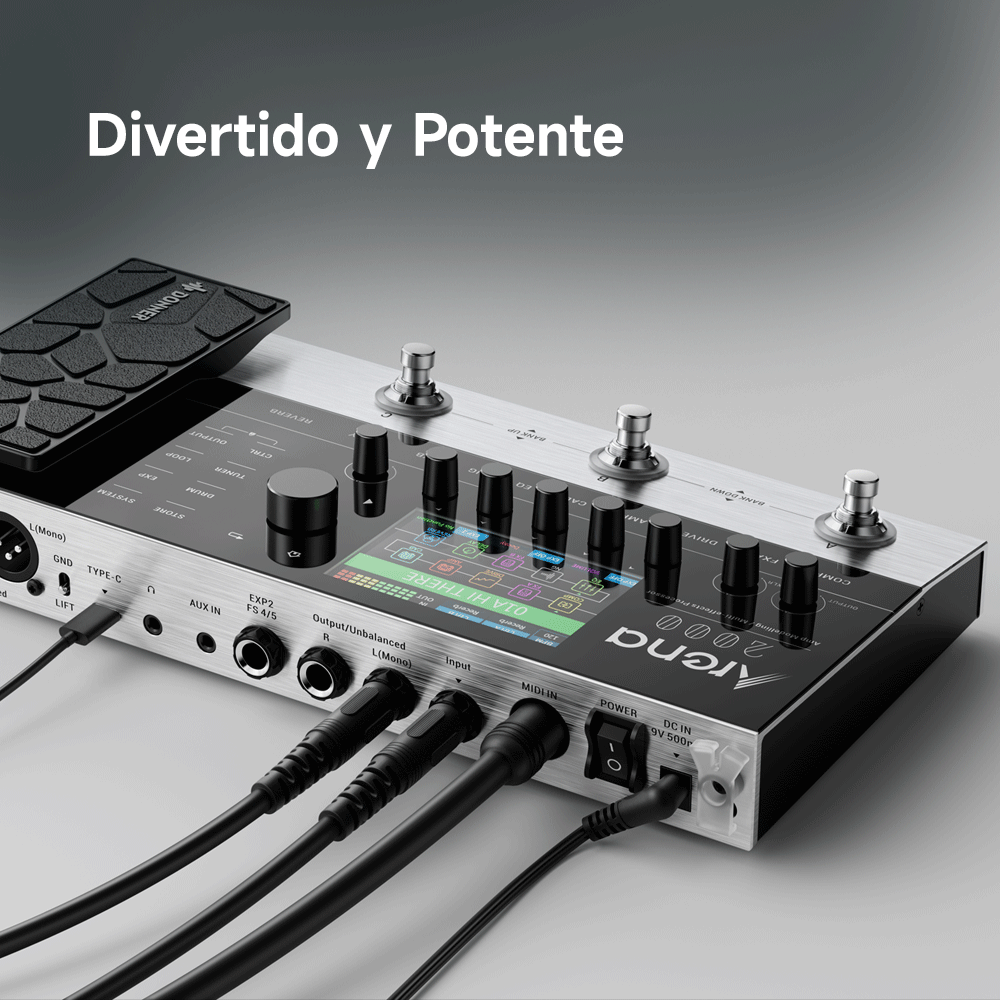
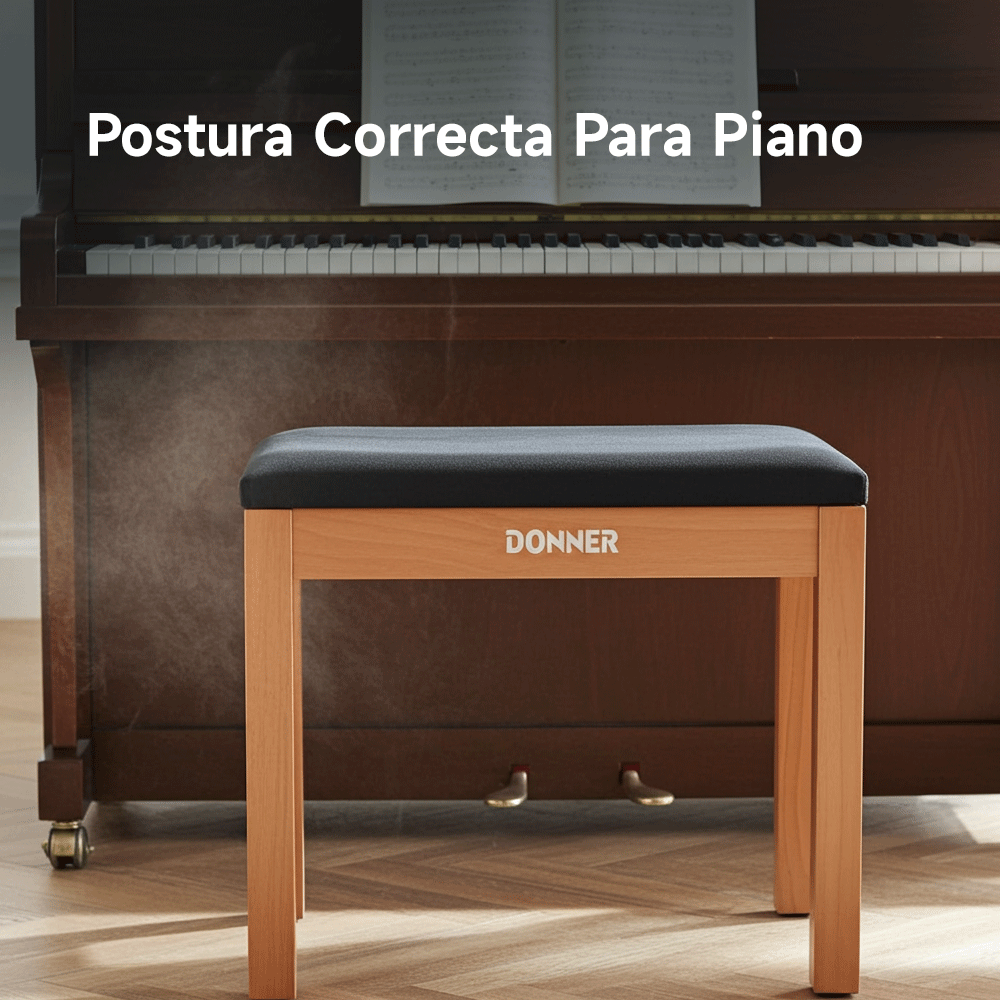
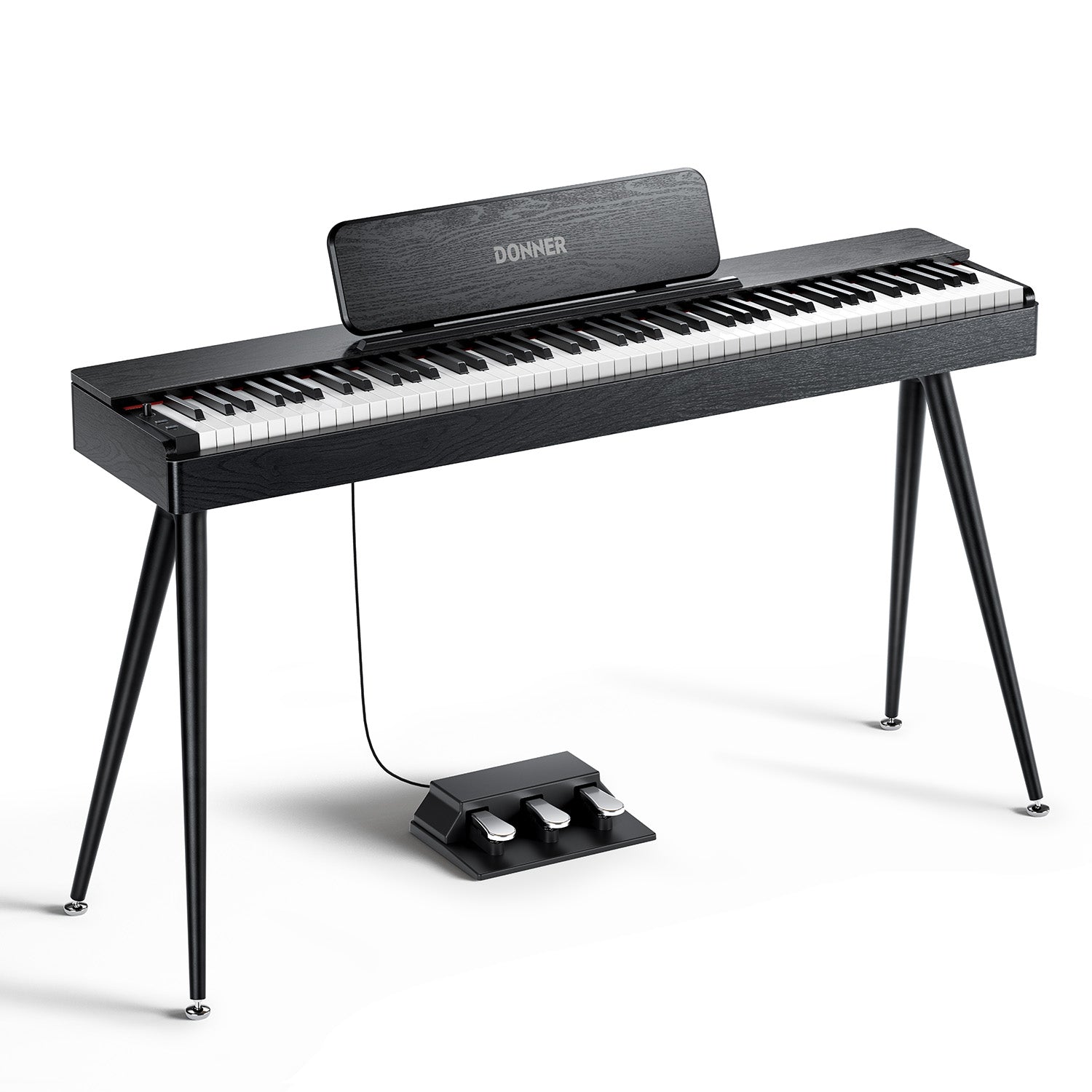
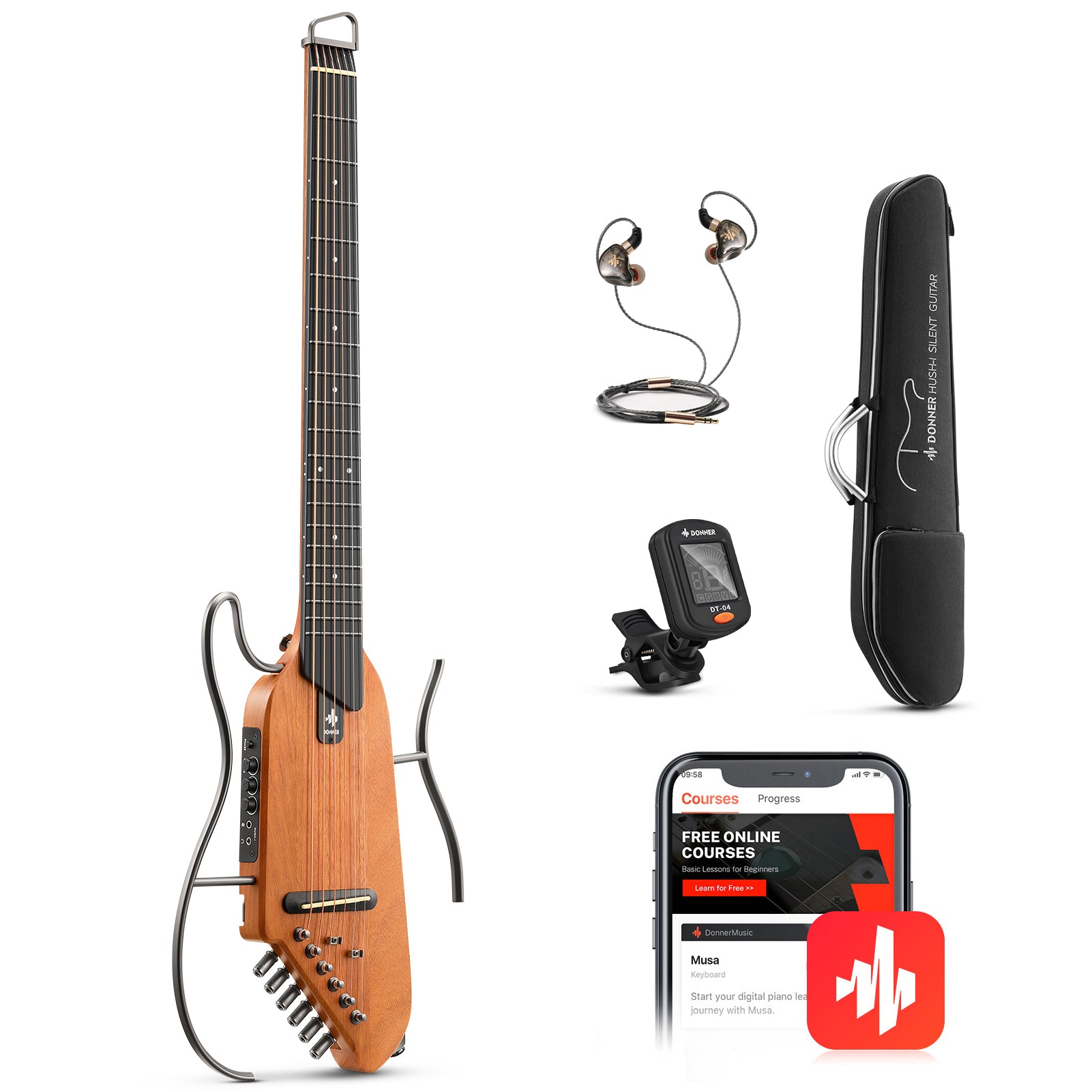
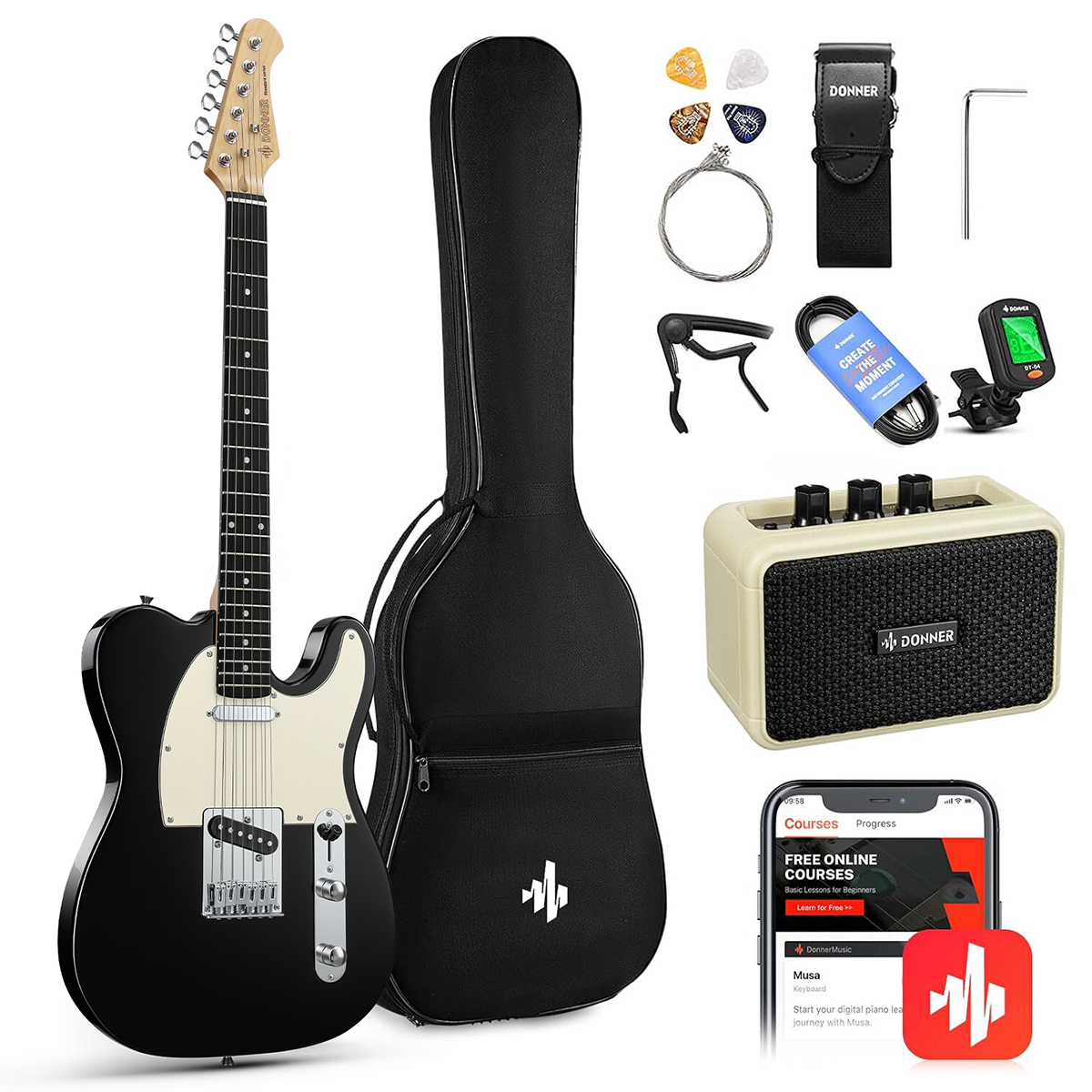
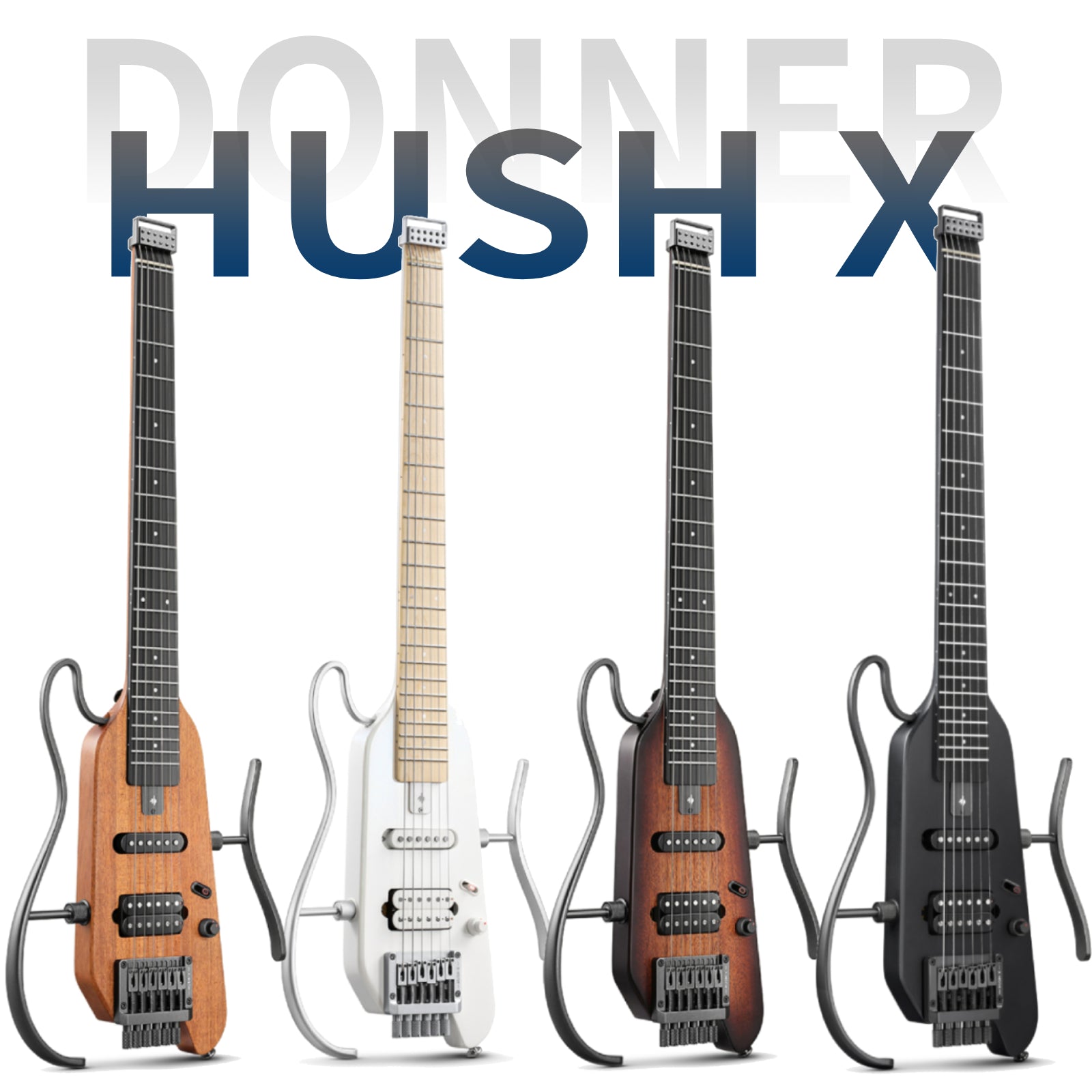
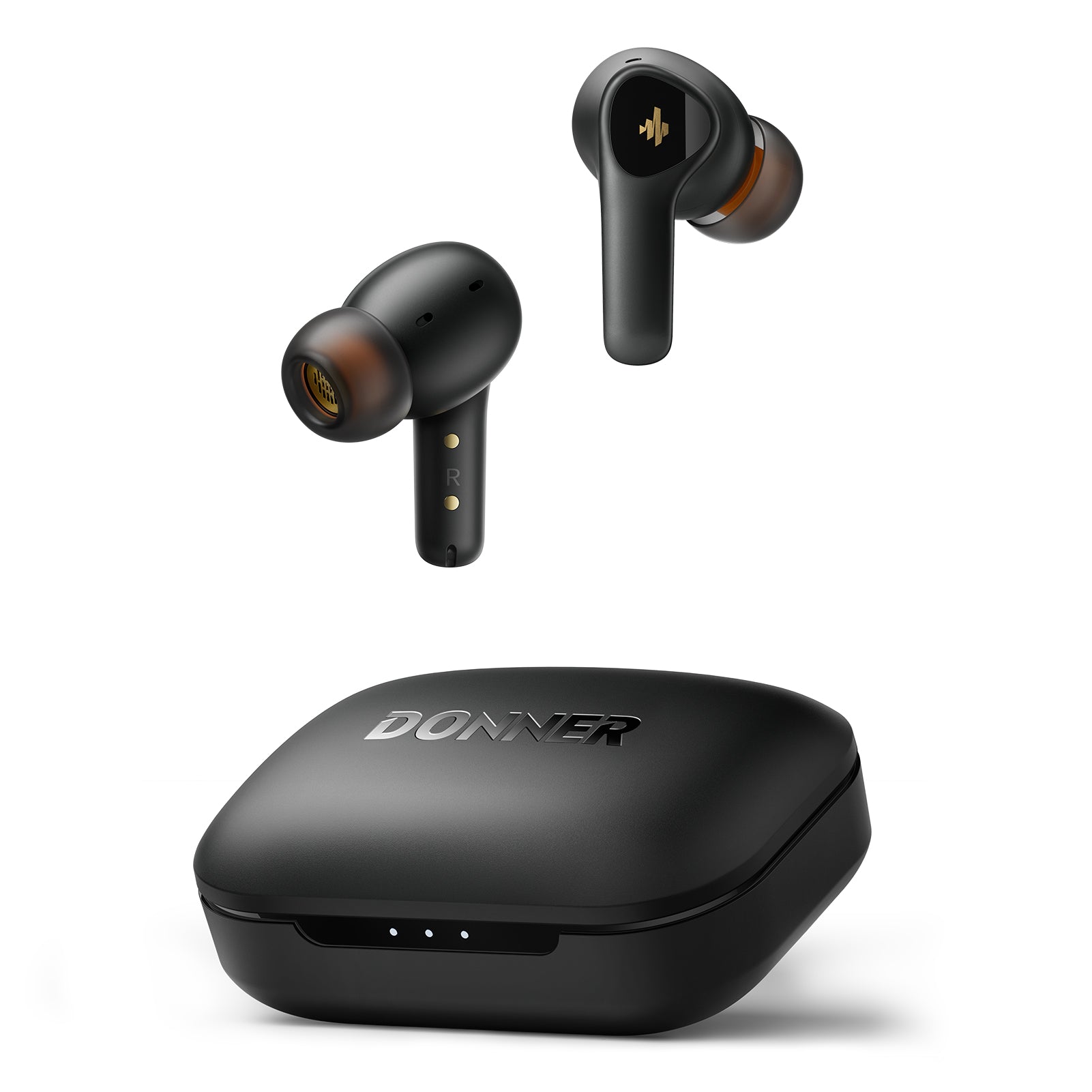

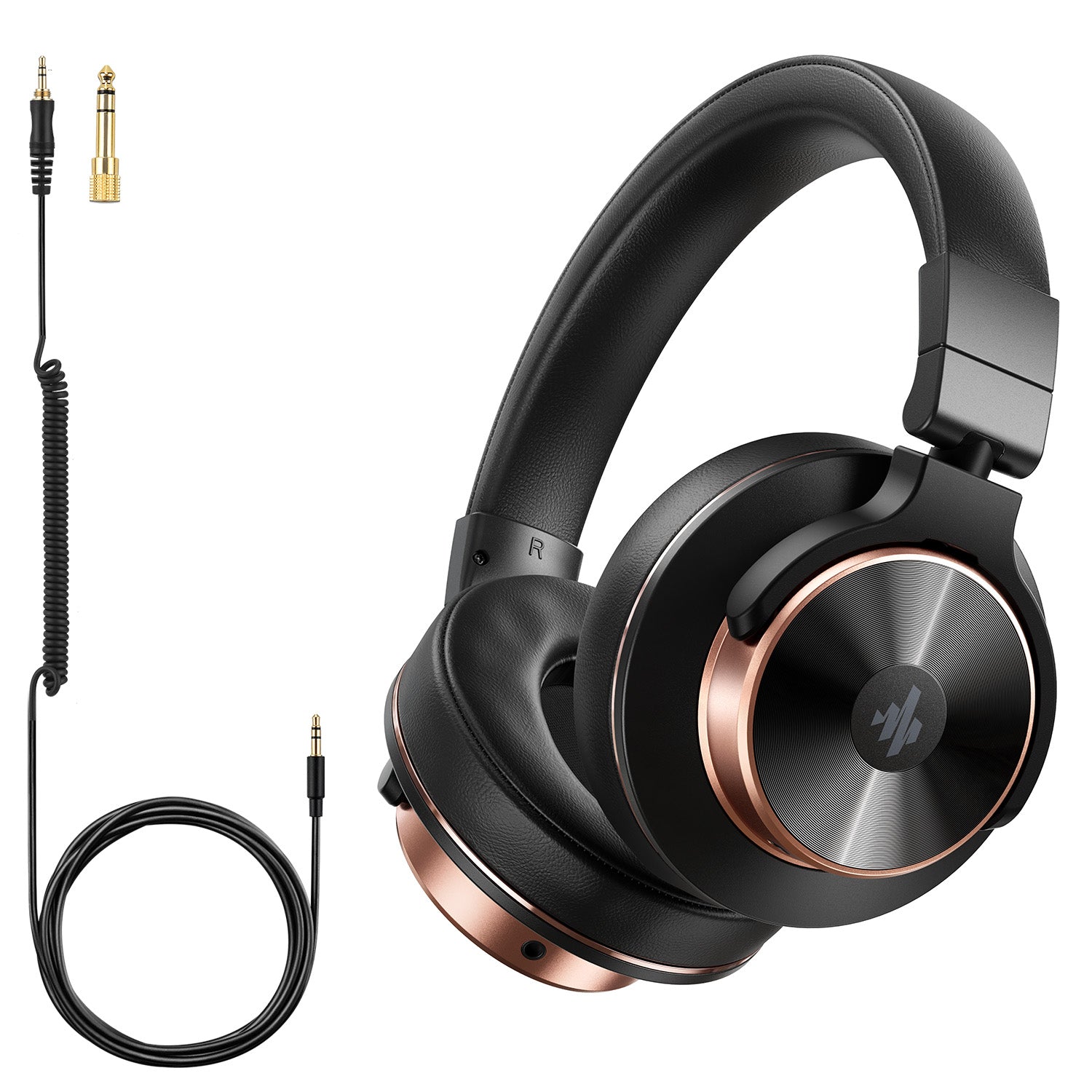
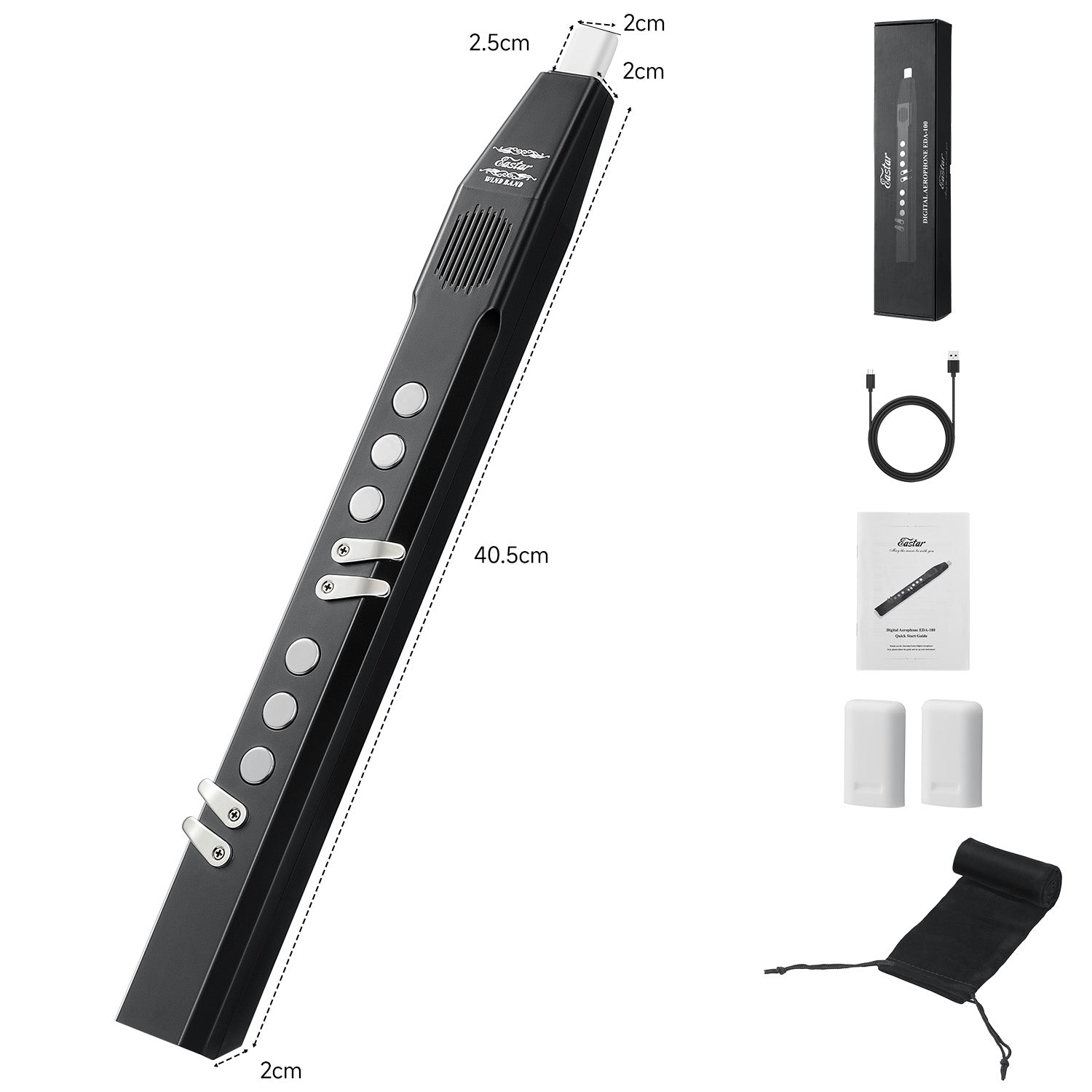
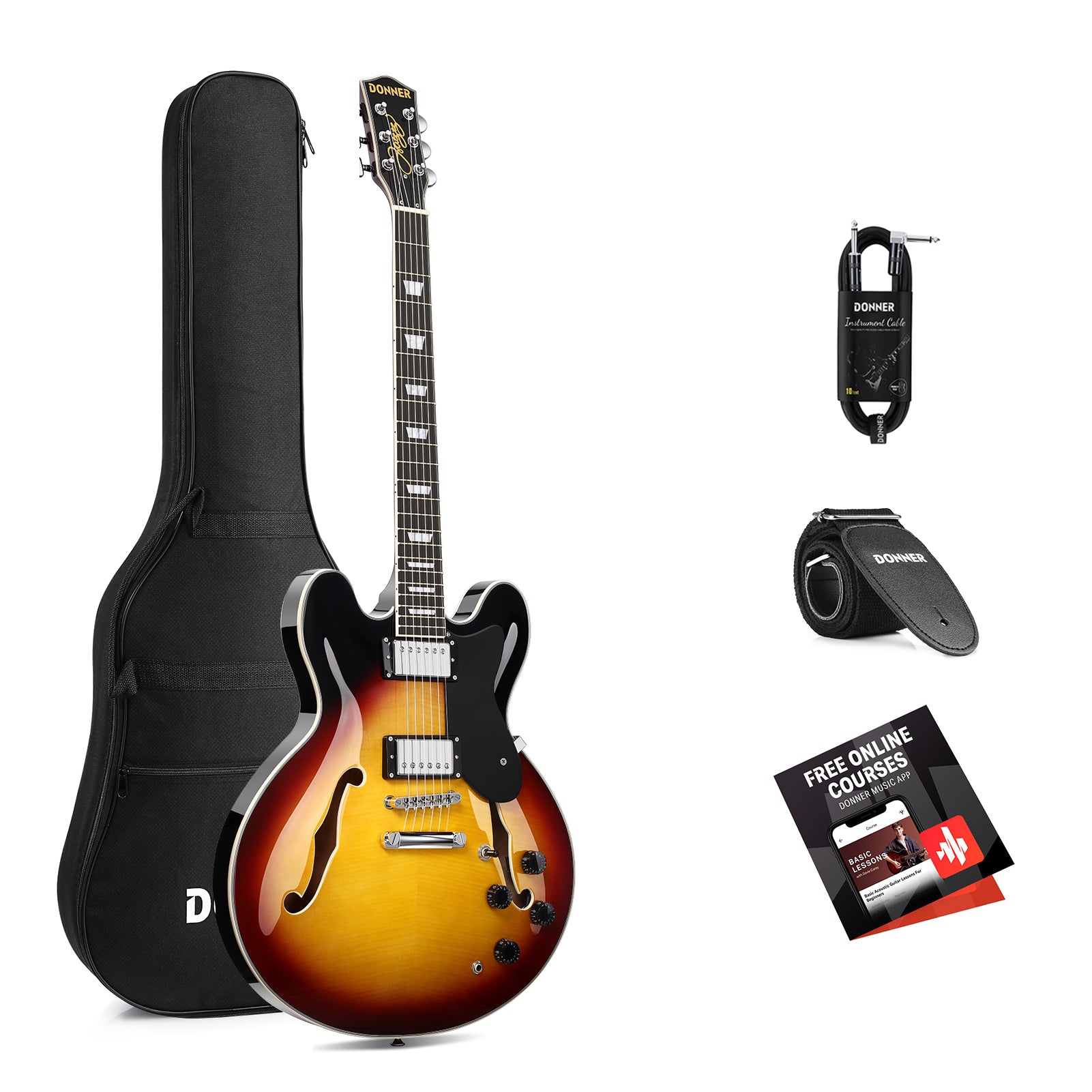
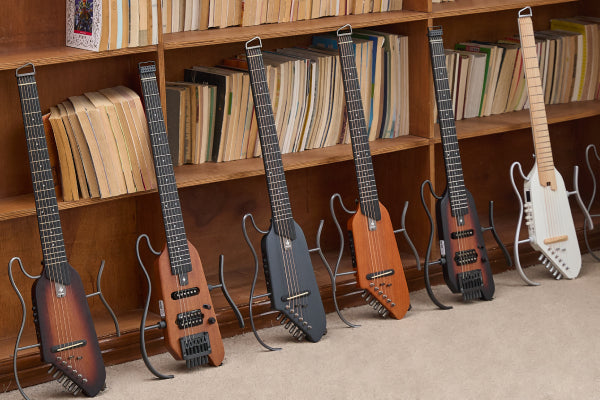
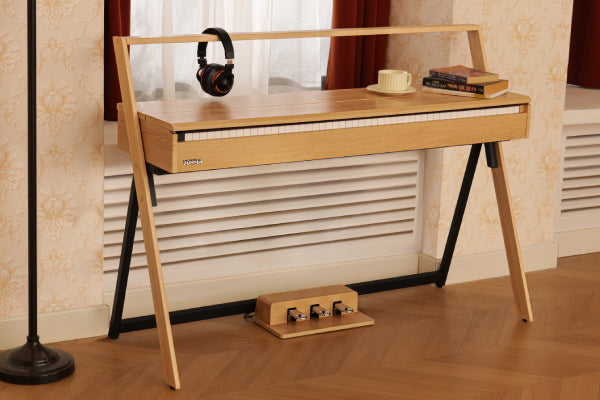
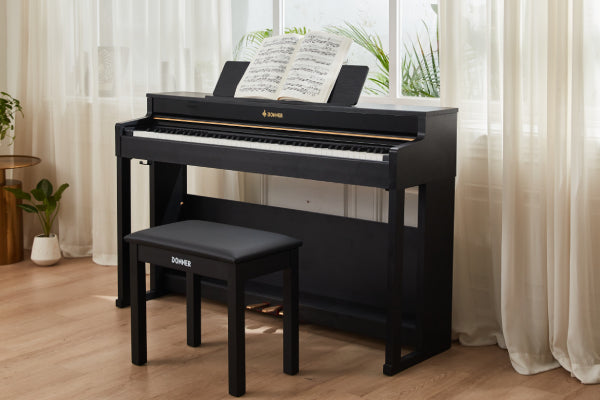
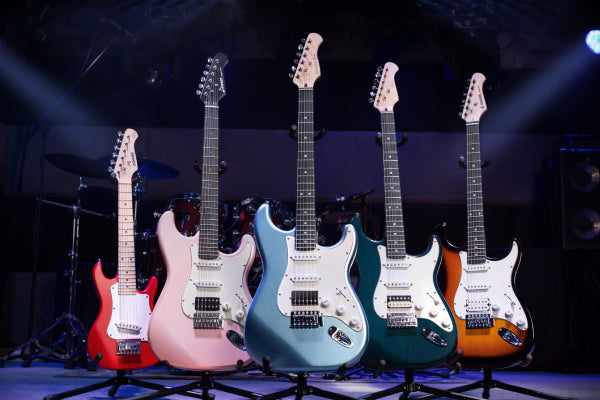


Dejar un comentario
Todos los comentarios son moderados antes de ser publicados.
Este sitio está protegido por hCaptcha y se aplican la Política de privacidad de hCaptcha y los Términos del servicio.